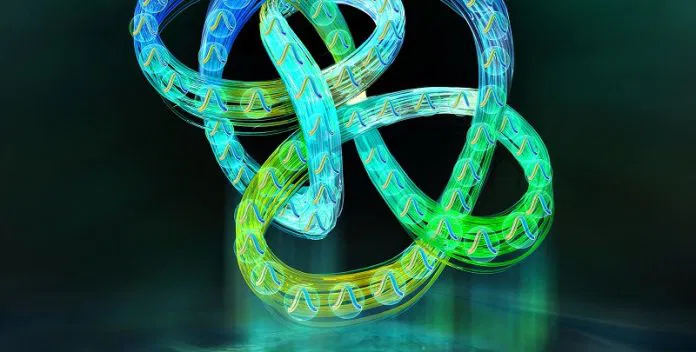
When you think of lasers, what comes to mind?
Maybe it’s the beam of a laser pointer catching a cat’s attention, or the cool glow of a light saber from a sci-fi movie.
But lasers are so much more versatile and powerful than just toys or movie props. They come in all sorts of sizes and colors, with uses that range from scanning your groceries at the checkout to performing precise eye surgeries.
Assistant Professor Alireza Marandi from the Department of Electrical Engineering and Applied Physics is on the forefront of exploring what lasers can do.
His latest project dives into a special kind of laser known as mode-locked lasers. Unlike the steady stream of light we’re used to seeing, these lasers flash super fast bursts of light.
Imagine a strobe light, but with flashes so quick they’re measured in trillionths or even quadrillionths of a second.
These tiny bursts can pack a huge amount of power, making them perfect for jobs that need a lot of energy in a very short time, like certain types of surgery.
But there’s a catch. For these lasers to work their best, all the light waves inside them need to move together perfectly. This synchronization, called mode-locking, makes sure the laser pulses in a regular pattern.
Marandi’s team is taking this idea one step further. They’re making these lasers even more reliable by tying the light pulses in a sort of knot. This doesn’t mean a literal knot you can see or touch, but a way of linking the pulses so the laser can handle bumps and noise without messing up its rhythm.
This new twist on laser technology, called topological temporal mode-locking, means that the laser stays steady even if it’s shaken or exposed to disturbances like manufacturing flaws or environmental changes.
Marandi explains it like this: if you have a regular mode-locked laser and shake it, the light inside could start acting unpredictably. But with their knotted pulses, the laser keeps on flashing in its steady pattern, no matter the shake.
This breakthrough isn’t just cool science; it could lead to big improvements in how we use lasers in everyday life. One potential use is in creating better frequency combs.
These are tools that spread out a laser’s light into many separate, precise frequencies, like the teeth of a comb. Frequency combs are super important in fields like communication, sensing, and computing, but they’re usually sensitive to noise and disturbances.
Marandi’s knotted lasers could make frequency combs more reliable and resistant to noise.
Looking ahead, Marandi is excited about the possibilities this new laser technology opens up.
He believes it could lead to new kinds of sensors, computing systems, and even explore areas of physics that were out of reach before.
The research, detailed in their paper published in Nature Physics, is just the beginning. With these knotted lasers, the future of technology could be as stable as it is bright, making our gadgets and tools more reliable in the face of life’s shakes and stumbles.



